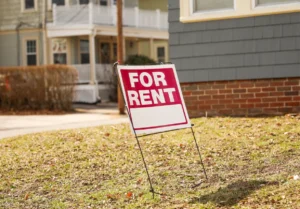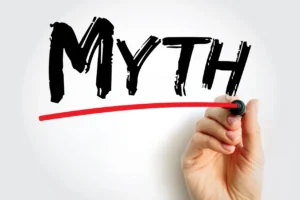How Landlords Can Avoid Drowning in the Pandemic
 A great deal is reported about the effects of the COVID-19 pandemic on renters, but the ongoing negative effects on landlords are equally significant. With U.S. COVID-19 cases again on the rise, it’s impossible to guess when the rental market will return to normal.
A great deal is reported about the effects of the COVID-19 pandemic on renters, but the ongoing negative effects on landlords are equally significant. With U.S. COVID-19 cases again on the rise, it’s impossible to guess when the rental market will return to normal.
So, in the meantime, how does today’s landlord retain paying tenants, avoid evictions and keep their heads above water?
Staying afloat financially
Your tenants aren’t paying their full rents—if they are paying at all—and you’re wondering how much longer you can hold on. This is the time when you need to reexamine your income and expenses and look for opportunities to increase your income.
If you’ve received mortgage forbearance, it’s important to now plan for its expiration by speaking with your mortgage lender as soon as possible. You’ll need to set up a strategy for repayment of missed mortgage payments and to have the paperwork processed on time.
If you have depleted your emergency funds, consider setting up a line of credit to increase your cash reserves again.
Local, State and Federal programs act as a financial lifeline for landlords
If you’re a landlord, you may think of rental assistance as help for renters only. But currently, most federal emergency rental assistance programs accept applications from tenants and landlords. Billions of dollars in COVID-19 relief are being distributed by state and local programs to both landlords and tenants by the Federal government. Whether you or your tenant completes the application, it can help cover any rent your tenants owe, thus helping both of you.
if you’re a landlord trying to stay afloat in this situation, help may be available. State and local programs are taking applications from renters and landlords to distribute money from the U.S. Department of Treasury’s Emergency Rental Assistance (ERA) program in their own communities. https://home.treasury.gov/policy-issues/coronavirus/assistance-for-state-local-and-tribal-governments/emergency-rental-assistance-program
By early February, Treasury had paid state, local and Tribal governments the full $25 billion available in the first round of ERA (ERA1), with $8.6 billion in additional funds made available in early May through the second round of ERA (ERA2) under the American Rescue Plan Act of 2021.
Depending on local rules and availability, federal rental assistance can generally cover up to a full year of rent either as back rent or future payments that are paid up to three months at a time. Some emergency rental assistance programs may require the landlord to waive late fees and forgive a portion of the rent.
The program may contact the landlord and ask them to accept emergency rental assistance to pay off what they are owed. If they do not agree or if they do not respond within seven days, the local program may give the money to the tenant, who then must use the money to pay the landlord directly. In other cases, the local program might immediately give the renter the money without first contacting the landlord. In either case, the money must be paid to the landlord to satisfy the amount owed.
As of May 7, 2021, landlords who accept direct payments of future rent are not permitted to evict renters for non-payment of rent during the period covered by the rental assistance. When programs make direct payments to landlords to cover back rent, they are urged to prohibit eviction for 30 to 90 days after the period covered by rental assistance.
Check with your local program for details .
Landlords and tenants can work together to survive the rental crisis
Landlords dread evictions at least as much as tenants do. The process is costly and distressing for everyone concerned. However, the situation may be resolved when all concerned come together for a conversation to explore repayment options that are fair to all parties. Below are possible solutions that can forestall late payments and even eviction:
- Adjust due dates. It might be beneficial to the tenant to break rent payments into two smaller payments each month. Change the due date to align better with the tenant’s payday and/or split it into multiple payments over the month.
- Waive the late fee. Late fees and interest are forgiven on the condition that the renter pays an amount both parties agree upon.
- Agree to lower rent payments. The landlord agrees to accept a smaller payment provided the renter pays the agreed-upon amount each month on time. This option can be combined with a rent repayment plan.
- Rent repayment plan. Back rent is repaid over a specified period of time in addition to each month’s normal rent payment.
- Work together to apply to rental assistance programs.
All the details of the agreement should be put in writing, including any applicable late fees or other charges.
The Biden administration announced on June 24 an extension of the federal eviction moratorium issued by the Centers for Disease Control and Prevention (CDC) through July 31, 2021, to prevent an historic wave of evictions this summer. While we are waiting to see if the freeze will be extended again, landlords should use this time to join forces with their renters to find a solution to any past-due rent situations in order to prevent eviction when the suspension eventually ends.
A landlord does not have to drown in the pandemic because they are underwater on their rents. Eviction is not inevitable when you make mutually beneficial concessions for a tenant who is behind in their rent. Once they understand that you are willing to work with them, you have gained a loyal renter who will be a happy tenant and continue to live in your unit.













 Accessibility
Accessibility